Highlights:
- Researchers introduce the Remote Labor Index (RLI), a comprehensive benchmark for measuring AI automation in remote work settings.
- The study evaluates AI agents on real-world, economically valuable projects across multiple sectors.
- AI systems achieved only a 2.5% automation rate, emphasizing the current limitations of AI in completing end-to-end work tasks.
- The RLI provides a data-driven framework for tracking AI’s evolving impact on human labor and productivity.
TLDR:
The Remote Labor Index (RLI) offers an empirical benchmark to evaluate how effectively AI systems can automate real-world remote work tasks. Despite recent advances in reasoning and language models, current AIs show only minimal automation capacity, grounding future discussions on AI-driven labor impacts in concrete data.
In a groundbreaking study titled *“Remote Labor Index: Measuring AI Automation of Remote Work”* (arXiv:2510.26787), a large team of researchers led by Mantas Mazeika, Alice Gatti, Cristina Menghini, Udari Madhushani Sehwag, Shivam Singhal, and Dan Hendrycks introduces a novel metric known as the **Remote Labor Index (RLI)**. This benchmark aims to quantify the economic and operational capacity of AI agents to perform valuable remote tasks autonomously across multiple sectors. Unlike traditional research-oriented benchmarks that focus on language or reasoning, RLI emphasizes real-world project execution, offering a fresh dimension to AI evaluation.
The RLI benchmark was meticulously designed to include projects representing genuine business value — from content creation and data analysis to research summarization and communication tasks. AI systems were tested end-to-end on these projects, assessing their ability to understand objectives, plan workflows, and execute deliverables without human intervention. According to the authors, the best-performing AI agent achieved an automation rate of just **2.5%**, indicating that while AI excels at narrow tasks, it falls short in holistic problem-solving required for complex remote jobs.
This low automation score sheds light on the gap between AI’s theoretical intelligence and its practical application in the remote economy. The study, authored by Mazeika, Gatti, Menghini, Sehwag, Singhal, Yury Orlovskiy, Steven Basart, Manasi Sharma, Denis Peskoff, Elaine Lau, Jaehyuk Lim, Lachlan Carroll, Alice Blair, Vinaya Sivakumar, Sumana Basu, Brad Kenstler, Yuntao Ma, Julian Michael, Xiaoke Li, Oliver Ingebretsen, Aditya Mehta, Jean Mottola, John Teichmann, Kevin Yu, Zaina Shaik, Adam Khoja, Richard Ren, Jason Hausenloy, Long Phan, Ye Htet, Ankit Aich, Tahseen Rabbani, Vivswan Shah, Andriy Novykov, Felix Binder, Kirill Chugunov, Luis Ramirez, Matias Geralnik, Hernán Mesura, Dean Lee, Ed-Yeremai Hernandez Cardona, Annette Diamond, Summer Yue, Alexandr Wang, Bing Liu, Ernesto Hernandez, and Dan Hendrycks, sets out to establish a baseline for tracking progress in AI-driven workforce automation. The development of RLI represents both a technological and methodological advance, signaling a pivot toward benchmarks that connect AI performance directly to measurable economic value.
From a technical standpoint, the RLI framework leverages a combination of automated evaluation tools, project management simulations, and domain-specific datasets that mimic real workplace conditions. AI agents are evaluated not only on accuracy or completion but also on contextual understanding, adaptability, and sustained reasoning across long tasks. The authors envision RLI as a living benchmark — one that will evolve with advances in generative AI, multi-agent systems, and reinforcement learning from human feedback (RLHF). By providing transparent empirical data, the RLI could serve policymakers, researchers, and industries in assessing realistic timelines for AI-driven job transformation and crafting ethical frameworks for labor adaptation.
The release of this paper reflects a growing scientific emphasis on **bridging the gap between AI’s cognitive benchmarks and its tangible labor impact**. As organizations increasingly adopt AI-powered tools in remote environments, the Remote Labor Index stands as a crucial instrument to quantify not just potential but performance — and to inform global strategies for a sustainable, adaptive workforce.
Source:
Source:
arXiv:2510.26787 [cs.LG], ‘Remote Labor Index: Measuring AI Automation of Remote Work’ by Mantas Mazeika et al., submitted on 30 October 2025. https://doi.org/10.48550/arXiv.2510.26787
